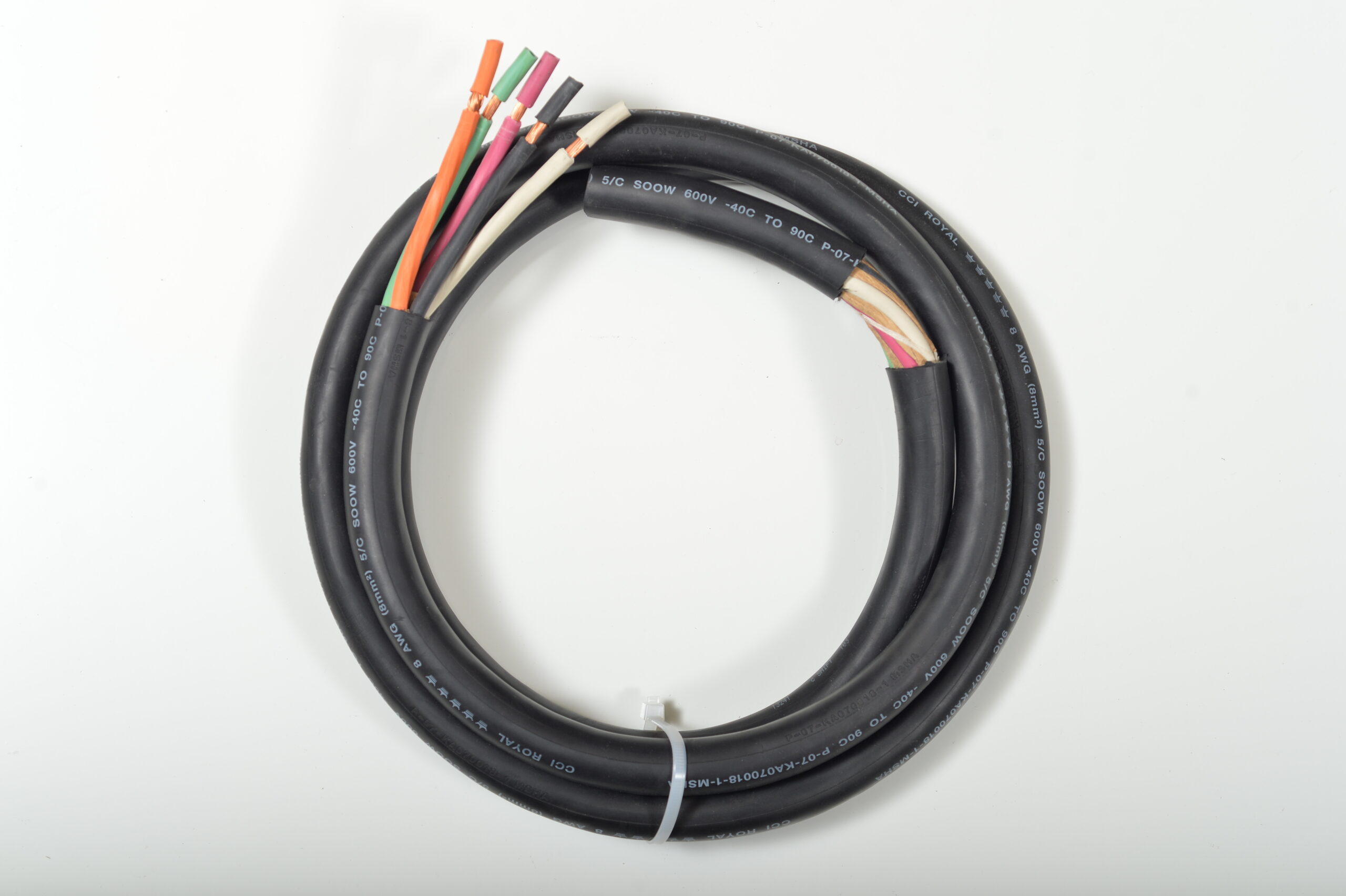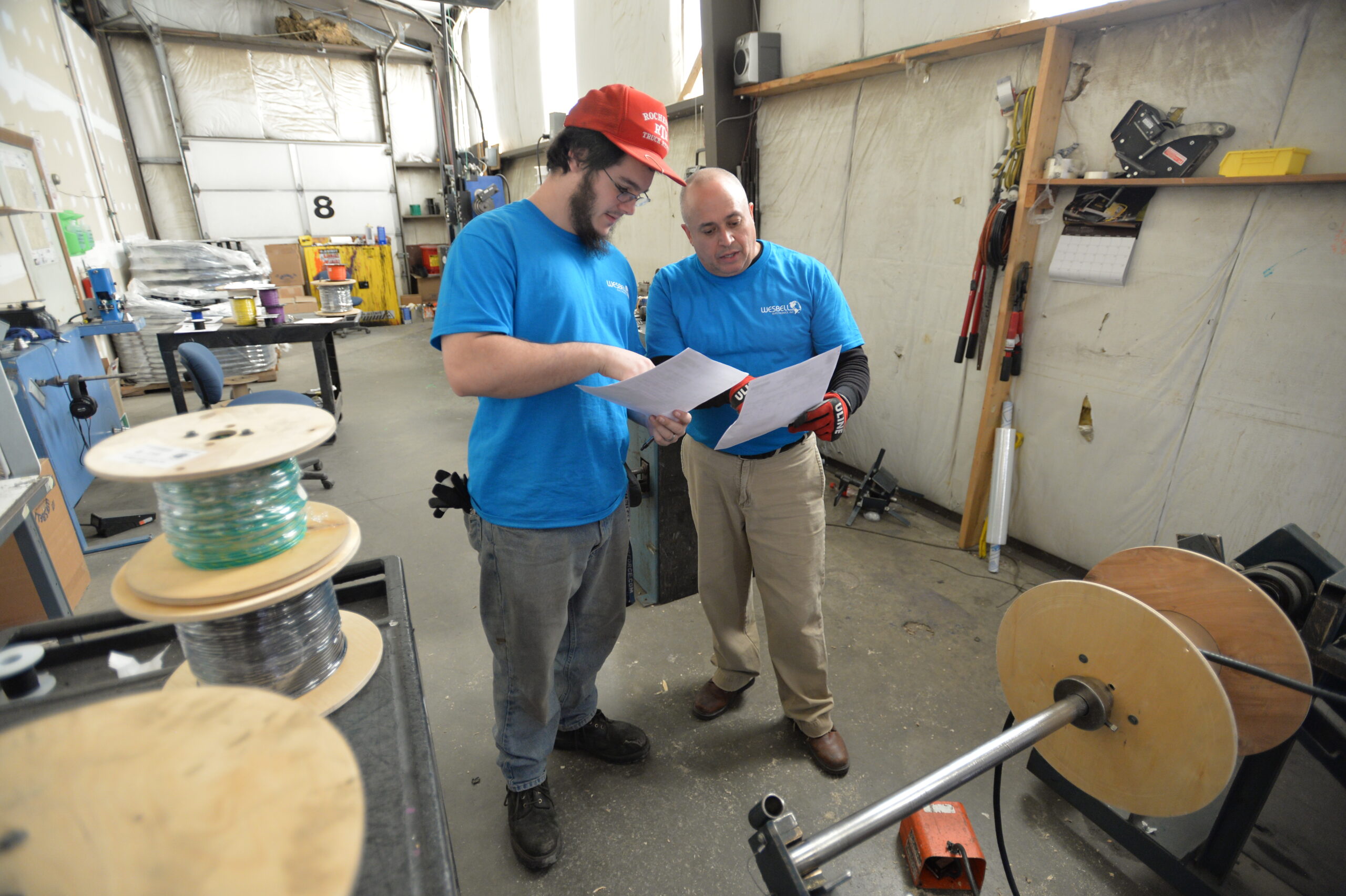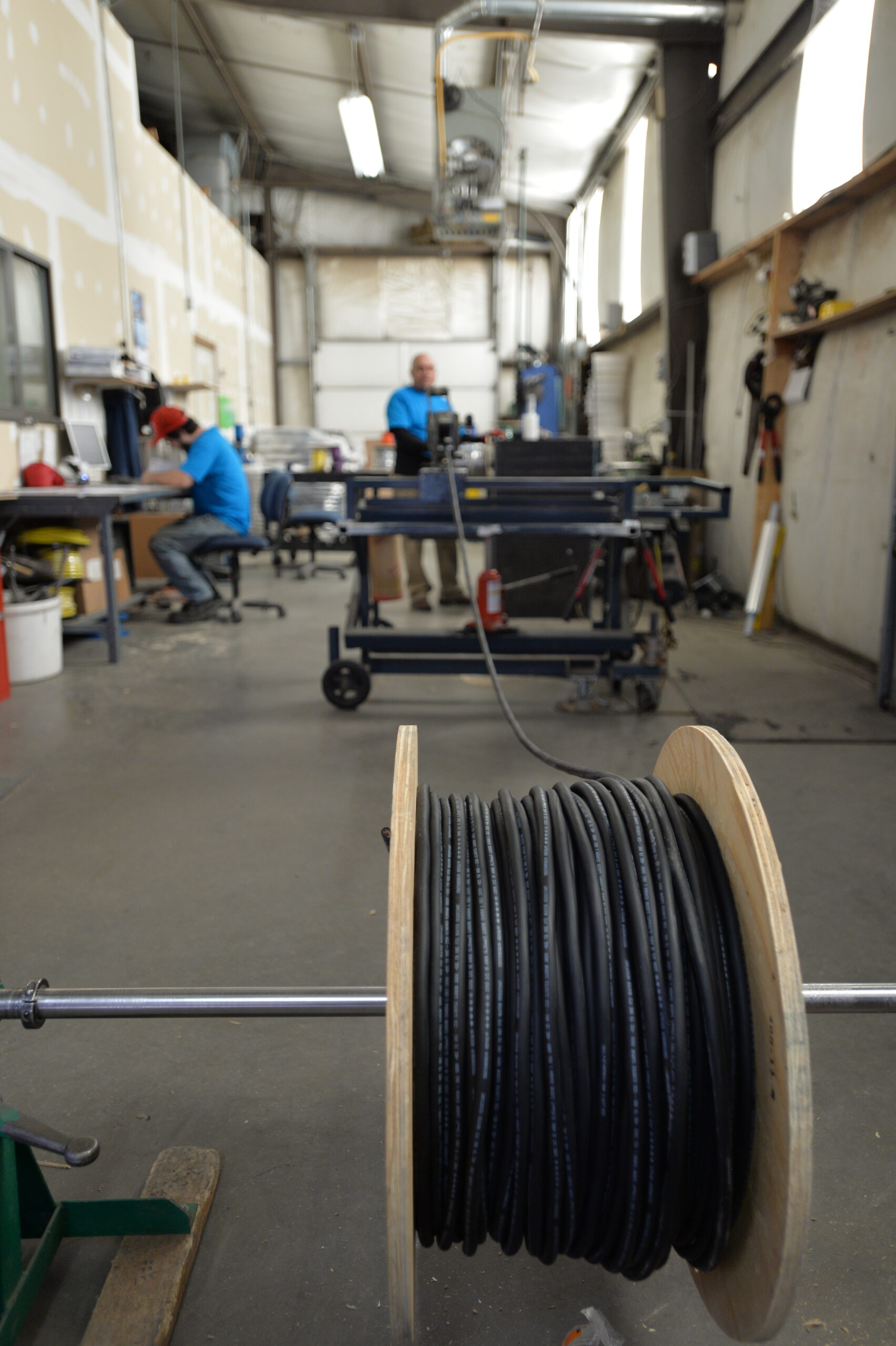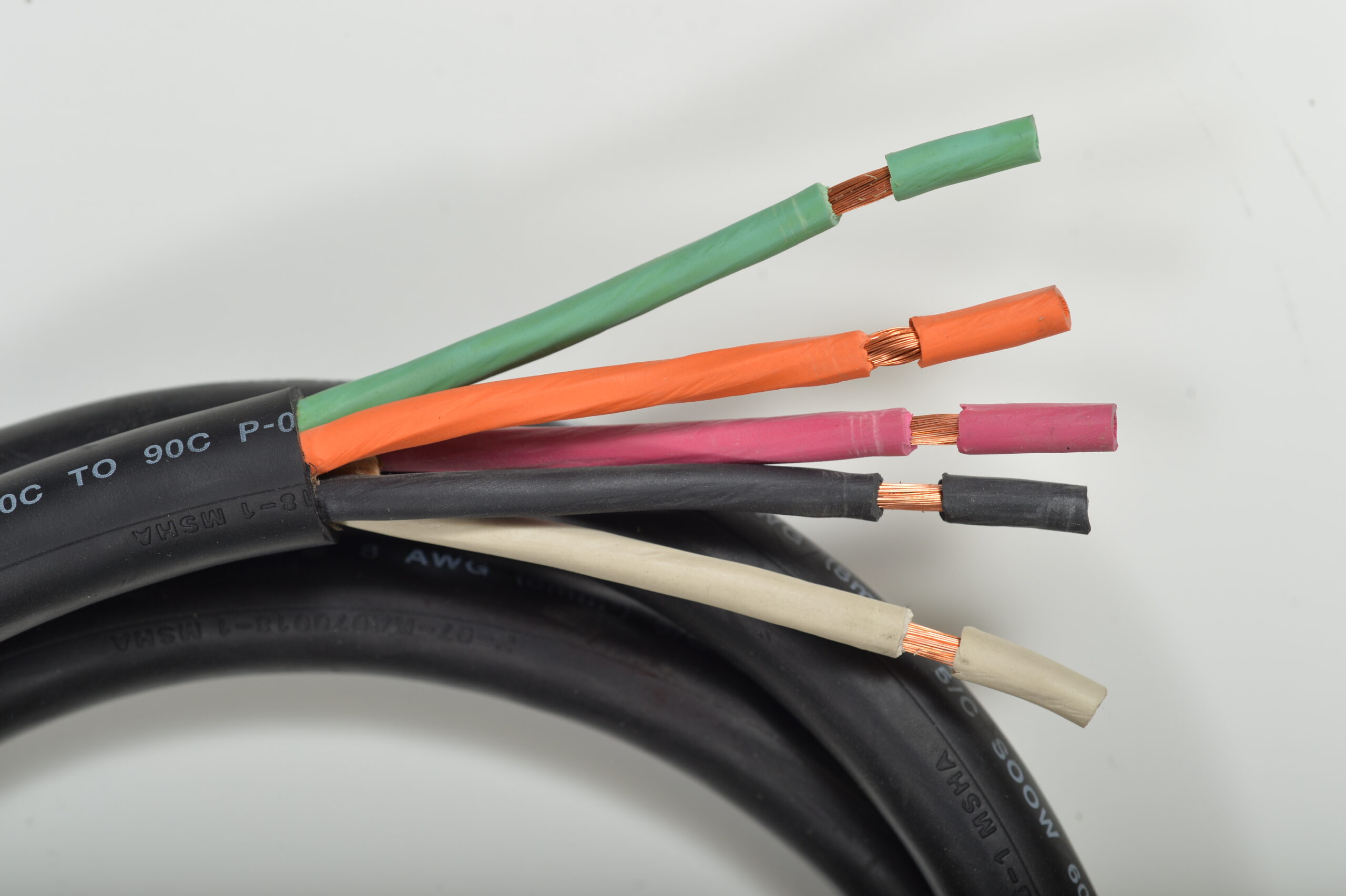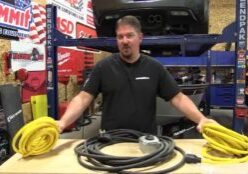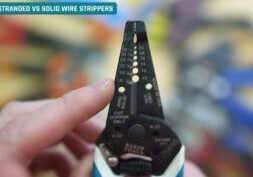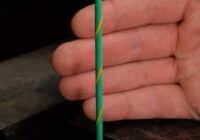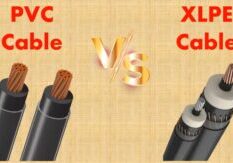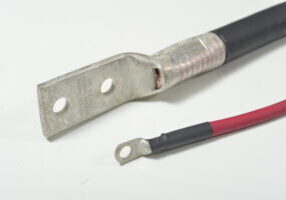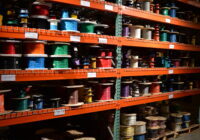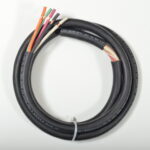
Oct 14, 2024
Multiconductor Cable Cutting to Length (Coiling)
At WesBell Electronics, our focus has always been on delivering the highest quality wire and cable solutions to meet the exacting needs of our customers. Whether you’re installing electrical systems, working with data and telecommunications lines, or tackling an industrial automation project, properly cutting, coiling, and stripping multiconductor cables is essential for ensuring optimal performance and long-lasting durability. As a wire and cable distributor that offers value-added services, WesBell Electronics is committed to helping you achieve a professional result every time.
This guide provides detailed insights into how WesBell approaches the process of cutting and coiling multiconductor cables, as well as stripping the outer jacket and individual conductor insulation, to ensure precision, safety, and efficiency.
1. Overview of Multiconductor Cables
Multiconductor cables are designed for various applications and typically contain several insulated wires bundled inside a protective outer jacket. These cables can range from small signal and control cables to larger industrial power cables, and the materials, insulation types, and jacket styles can vary widely. Common features include:
- Outer Jacket: Protects the internal wires from physical damage, chemicals, moisture, and extreme temperatures.
- Conductor Insulation: Each wire inside the cable is individually insulated to prevent short circuits.
- Conductors: Most multiconductor cables use copper or tinned copper, but aluminum may also be present in some cases.
At WesBell, we supply a wide range of cables, and part of our value-added services includes helping customers handle and prepare these cables to meet their specific project requirements.
2. Key Safety Considerations at WesBell
Handling electrical cables comes with inherent risks, especially when cutting and stripping them. At WesBell, safety is our top priority. Before any work is performed on multiconductor cables, we ensure the following safety measures are taken:
- Ensure the Cable is De-energized: Always confirm the cable is not live before handling it. Our team uses voltage testers to verify that no current is present in the cable before cutting or stripping.
- Personal Protective Equipment (PPE): We require that all technicians wear appropriate safety gear, including insulated gloves and safety glasses, to protect against sharp tools, electrical shock, and other hazards.
- Use Proper, High-Quality Tools: Using the right tools for the job is essential. At WesBell, we invest in high-quality, purpose-designed tools to ensure that the cable is cut, coiled, and stripped correctly without damaging the conductors or insulation.
3. Cutting Multiconductor Cables: Precision at Its Finest
Cutting multiconductor cables demands accuracy and the right technique to maintain the integrity of the conductors and insulation. At WesBell, we take the following steps to ensure clean and precise cuts, tailored to customer specifications.
Step 1: Choosing the Correct Cutting Tool
- Cable Cutters: For most applications, our technicians use professional-grade cable cutters designed specifically for cutting multiconductor cables. These cutters create a smooth, clean cut without damaging the internal wires or fraying the outer jacket.
- Ratchet Cutters: When dealing with larger diameter cables, we use ratchet-style cutters. These tools provide additional leverage, making it easier to cut through the cable while maintaining control over the process.
Step 2: Measuring and Marking
- Accurate Measurement: At WesBell, we understand the importance of delivering cables cut to the exact length specified by the customer. Our technicians use calibrated measuring devices to ensure precision. Once the required length is determined, we mark the cable using non-permanent markers or tape to indicate the cutting point.
Step 3: Cutting with Controlled Pressure
- Even Pressure for Clean Cuts: Whether using cable cutters or ratchet cutters, our technicians apply controlled, even pressure during the cut. This prevents any deformation or fraying of the cable jacket, leaving a clean and even edge that is easy to work with for installation or further processing.
Step 4: Quality Control and Inspection
- After each cut, we inspect the end of the cable for any signs of conductor damage, frayed insulation, or irregularities. Any issues are addressed immediately to ensure that customers receive a flawless product ready for their project.
4. Coiling Multiconductor Cables the WesBell Way
Coiling cables properly is crucial to maintaining their longevity and ensuring that they can be easily deployed during installation. At WesBell, our approach to coiling cables emphasizes organization, preventing kinks, and maintaining the structural integrity of the cable.
Step 1: Straightening the Cable
- Tension-Free Coiling: Before we start coiling, we lay out the cable and gently straighten it. This helps reduce any pre-existing kinks or bends that may have occurred during handling or storage. Straightening ensures that the cable remains easy to uncoil and use in the field.
Step 2: Utilizing the Over-Under Coiling Technique
- Why We Use Over-Under: The “over-under” coiling method is our preferred technique at WesBell because it prevents the cable from developing memory, which could lead to kinks and tangles when uncoiled.
- Start by creating the first loop over the hand.
- The next loop is done by rotating the cable in the opposite direction, creating an under loop.
- Alternating between over and under loops allows the cable to lay flat when uncoiled, without twists or tangles.
- Professional Appearance: Coiling cables with the over-under method also creates a neat, professional appearance, which is important for customers who may need to store or transport the cable.
Step 3: Securing the Coil
- Once coiled, we secure the cable with reusable cable ties or Velcro straps to prevent it from unwinding during shipping or storage. We avoid using tape, as it can leave a sticky residue that may interfere with future handling.
5. Removing the Outer Jacket: A Careful Process
At WesBell, removing the outer jacket of a multiconductor cable is a delicate process. It requires precision and the right tools to ensure the conductors inside are not compromised. Whether you’re prepping cables for termination, splicing, or installation, our value-added services include expertly stripping the outer jacket to your exact specifications.
Step 1: Selecting the Right Stripping Tool
- Cable Strippers: We use industry-standard cable strippers, which can be adjusted to accommodate different jacket thicknesses and cable diameters. These tools make precise cuts that score the jacket without cutting into the conductors.
- Utility Knives: For certain cables with tougher or thicker jackets, we may use a sharp utility knife with extreme care. This method requires a steady hand to avoid penetrating too deeply and damaging the internal conductors.
Step 2: Scoring the Jacket
- Our technicians score the outer jacket at the required point, typically about 1–2 inches from the end of the cable. We apply just enough pressure to cut through the jacket without damaging the insulation of the individual conductors beneath.
Step 3: Peeling Off the Jacket
- Once the jacket is scored, we carefully bend the cable at the scoreline, causing the jacket to break apart. The jacket can then be peeled away, exposing the insulated conductors inside.
- Lengthwise Cutting: For longer jacket removal or larger cables, we may make a lengthwise cut along the jacket to peel it off more easily.
Step 4: Final Inspection
- After the jacket is removed, we inspect the exposed conductors for any signs of damage. We are meticulous in ensuring that no nicks, cuts, or abrasions are present, as these could lead to performance issues or safety hazards.
6. Stripping Conductor Insulation: Precision Matters
When it comes to stripping the individual insulation from each conductor, WesBell’s technicians understand that precision is critical. A nicked conductor can compromise the performance of a system, leading to electrical shorts or data transmission errors. We follow these steps to ensure the best results.
Step 1: Choosing the Right Wire Strippers
- We use adjustable wire strippers that allow us to precisely control the depth of the cut, ensuring that only the insulation is removed and the conductor remains intact. For each wire, we choose the appropriate gauge setting on the tool to match the conductor size.
Step 2: Scoring the Insulation
- Placing the wire in the correct notch of the stripper, we apply light pressure to score the insulation without cutting into the copper or aluminum conductor beneath. Care is taken to rotate the stripper slightly, creating an even cut around the circumference of the insulation.
Step 3: Removing the Insulation
- After scoring, we pull the insulation off cleanly, leaving a smooth, undamaged conductor ready for termination or further processing. If needed, we can also strip larger sections of insulation in stages for projects that require exposed conductors over a longer length.
Step 4: Final Quality Check
- Every wire is inspected for nicks or damage after stripping. At WesBell, we take pride in delivering cables that are prepped to the highest standards, free from defects that could impact performance.
7. Conclusion: The WesBell Advantage
At WesBell Electronics, we understand that proper handling of multiconductor cables is essential for ensuring reliability and safety. By following these best practices, we offer precision cutting, coiling, and stripping as part of our value-added services. From the moment you place your order to the final delivery, WesBell is committed to quality, efficiency, and customer satisfaction.
Key Takeaways:
- Cut with precision using professional tools for clean, accurate results.
- Coil cables with care to prevent tangles and maintain structural integrity.
- Remove jackets and insulation methodically to protect conductors from damage.
- Inspect every step to ensure your cable is ready for installation, splicing, or termination.
WesBell Electronics is here to support your cable needs every step of the way, ensuring that your projects run smoothly from start to finish.

